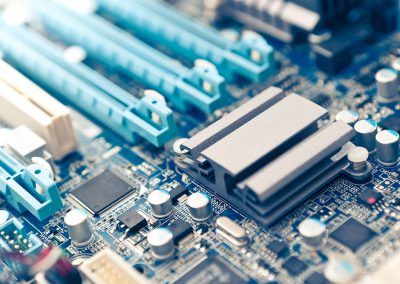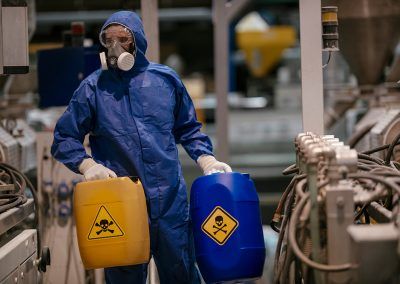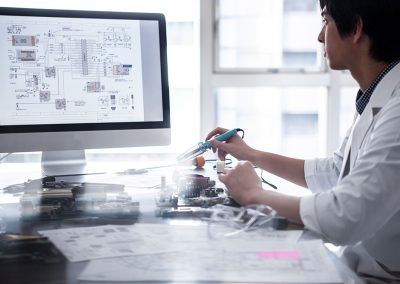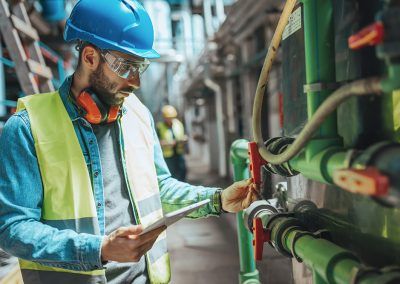Ignitec® Intrinsically Safe Design
Ignitec® ensures your products meet the highest safety standards with our intrinsically safe design expertise. Avoid costly redesigns and ensure compliance every time.
The Ignitec advantage
The Ignitec advantage in intrinsically safe design lies in our multidisciplinary team, capable of transforming ideas into safe and compliant products rapidly.
Why use our intrinsically safe design service?
- Regulatory compliance: Navigate complex safety regulations effortlessly.
- Safety-Centric Approach: Design products that operate reliably in hazardous environments.
- Comprehensive Solutions:From concept to launch, all under one roof.
- Industry-Specific Expertise: Custom solutions for health tech, IoT, and more.
- Cost Efficiency: Minimise redesign expenses with our expert solutions.
Intrinsically safe design
Across various industries, from oil and gas to agriculture, the demand for designs that can operate reliably in hazardous environments has been increasing. But how do companies without a deep technical knowledge meet these demands? Enter Ignitec’s intrinsically safe design service.
Industries that use intrinsically safe devices typically operate in environments where there’s a risk of explosions due to the presence of flammable gases, vapours, or dusts. These industries include:
Devices designed with intrinsically safe standards ensure that they won’t become a source of ignition in these potentially explosive environments.
- Oil and Gas: Exploration, drilling, refining, and distribution processes involve environments where explosive gases may be present.
- Chemical Manufacturing: Production, storage, and handling of volatile chemicals can lead to explosive atmospheres.
- Mining: Underground mining, especially coal mining, is prone to the presence of explosive gases like methane.
- Pharmaceuticals: Some pharmaceutical production processes involve the use of volatile solvents, which can create explosive atmospheres.
- Agriculture: Grain handling and storage can generate dust, which in certain concentrations, can be explosive.
- Petrochemical: Plants and refineries process and handle flammable liquids and gases, necessitating intrinsically safe equipment.
- Utilities: Gas distribution and wastewater treatment plants might handle flammable gases.
- Painting and Coating: Spray painting processes can produce flammable vapours.
- Distilleries and Breweries: The fermentation and distillation processes can release flammable vapours.
- Maritime: Especially in fuel handling and storage sections of ships or in the cargo spaces where flammable goods are transported.
Expertise Matters
For many businesses, navigating the intricate maze of safety regulations can be a challenge. With Ignitec’s team by your side, this becomes an effortless task. Our experience ensures products not only meet, but exceed the necessary standards.
Safety Beyond Compliance
While regulations set a baseline, our designs aim for the best. Using services like hazard analysis, risk assessment, and protective circuitry, we ensure that your products aren’t just compliant, but are truly safe.
Tailored for Your Needs
Whether you’re in oil and gas, agriculture, or any other industry, Ignitec’s intrinsically safe design service is flexible enough to cater to your specific needs. Our industry-specific expertise means that our solutions are always a perfect fit.
Cost-Effective Solutions
With Ignitec, you can save on potential costs associated with redesigns or modifications. Our expert team, combined with services like barrier design and safety validation, ensures that costly corrections are a thing of the past.
Safety Embedded in Design
At Ignitec, safety isn’t an afterthought. It’s embedded into every phase, from concept to launch. This commitment to safety is evident in all our services, from environment testing to designing fail-safe systems.
FAQ’s
What is intrinsically safe design?
Intrinsically safe design refers to creating products that can safely operate in hazardous environments without causing ignition. It focuses on reducing the energy available to the system to ensure explosions can’t occur.
Why is intrinsically safe design important?
It’s crucial for ensuring the safety of products used in potentially explosive atmospheres. Ensuring a product’s intrinsic safety can prevent accidents, safeguarding both the users and the environment.
How do products achieve intrinsically safe design?
Products achieve this by limiting the energy available within the system, ensuring it’s too low to ignite explosive gases or dust. This is done through design considerations and protective measures.
When should intrinsically safe design be considered?
It should be considered for any product intended to be used in an environment with a potential risk of gas, vapour, or dust explosions. Such environments can be found in industries like health tech, clean technology, and IoT.
Who regulates intrinsically safe design standards?
There are various international and national bodies that set standards and regulations for intrinsically safe designs. In the UK, one of the primary bodies is the Health and Safety Executive (HSE).
Which industries require intrinsically safe designs the most?
Industries operating in environments with a potential risk of explosions, such as the petrochemical, mining, pharmaceuticals, and agriculture sectors, heavily rely on intrinsically safe designs. These designs ensure that devices and systems within these sectors don’t ignite flammable gases, vapours, or dusts, thus prioritising safety and reducing the risk of catastrophic events.
What are the benefits of intrinsically safe design?
Ensuring intrinsic safety means products can be reliably used in hazardous environments without causing ignition. This reliability can save businesses from potential liabilities and protect users from harm.
How is intrinsically safe design different from explosion-proof design?
While both ensure safety in explosive environments, intrinsically safe design prevents explosions by limiting energy, while explosion-proof design contains and isolates any potential explosions within a robust enclosure.
Why do some industries not use intrinsically safe designs?
Not all environments pose a risk of explosion. Industries without such risks may not require the specific considerations of intrinsically safe design.
Who can evaluate a product for intrinsically safe design?
Specialised regulatory bodies and independent testing organisations can evaluate products for intrinsic safety. In the UK, this would typically be under guidelines set by the HSE.
Which components are crucial in an intrinsically safe system?
Important components include barriers to limit voltage and current, protective circuitry, and specialised materials that prevent spark or heat generation.
When did intrinsically safe design principles originate?
The principles have evolved over many years as industries recognised the need for safety in explosive environments. The formalisation of these principles into standards and guidelines has been a more recent development in the broader context of industrial safety.
How do companies ensure ongoing intrinsically safe operation?
Companies implement regular maintenance checks, periodic testing, and continuous training to ensure that the designed safety measures remain effective throughout the product’s lifecycle.
What challenges are faced in intrinsically safe design?
Challenges include staying updated with changing regulations, ensuring all components meet safety standards, and balancing functional requirements with safety considerations.
Which tests are crucial for intrinsically safe design validation?
Hazard analysis, risk assessment, environment testing, and compliance testing are vital to validate a product’s intrinsic safety.
How are intrinsically safe devices marked?
Devices that are certified as intrinsically safe usually bear specific markings or labels, indicating their compliance with the relevant standards and their suitability for specified hazardous environments.
What are the consequences of not adhering to intrinsically safe design?
Failure to adhere can lead to catastrophic accidents, financial liabilities, and legal consequences. Furthermore, it can jeopardise the safety of users and the environment.
Why are there different intrinsically safe design standards?
Different regions and industries have unique environmental and operational requirements. Therefore, standards are developed to address these specific needs, ensuring products are safe for their intended use.
Who is responsible for ensuring a product's intrinsic safety?
While design and manufacturing companies play a primary role, ensuring intrinsic safety is a collective responsibility, involving regulatory bodies, testing organisations, and end-users.
What are the primary considerations in intrinsically safe design?
Intrinsically safe design prioritises limiting electrical and thermal energy to ensure that devices cannot ignite a flammable atmosphere. This often involves the use of energy-limiting components, barriers, and safe separation distances
How are components selected for intrinsically safe design?
Components for intrinsically safe design are chosen based on their ability to operate safely within defined energy parameters. They should not produce sparks or get hot enough to cause ignition, and their specifications must match the defined safety parameters for the intended environment.
Which standards guide intrinsically safe design requirements?
Intrinsically safe design requirements are often guided by international standards such as IEC 60079 and regional standards like ATEX in Europe. These standards provide detailed guidelines on designing equipment for explosive atmospheres.
Why are energy-limiting devices crucial in intrinsically safe design?
Energy-limiting devices are essential because they restrict the electrical energy in a circuit, ensuring it remains below the level that can ignite a particular gas or dust. This ensures that even in the event of a fault condition, the environment remains safe.
When designing for intrinsically safe environments, what considerations are given to potential fault conditions?
In intrinsically safe design, consideration for potential fault conditions is paramount. The design must ensure that even in the event of faults like short circuits or component failures, the electrical and thermal energy remains below ignition-capable levels for the specific hazardous environment.

Aarhus University
Design and Manufacturing of Environmental Monitoring Technology
CASE STUDY | SUBSEA
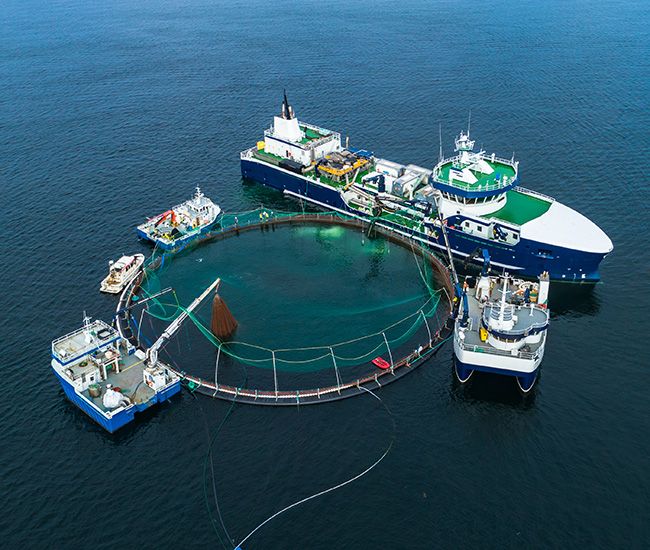
CageEye
Enhancing Fish Feeding Efficiency in Harsh Underwater Environments with CageEye
CASE STUDY | SUBSEA
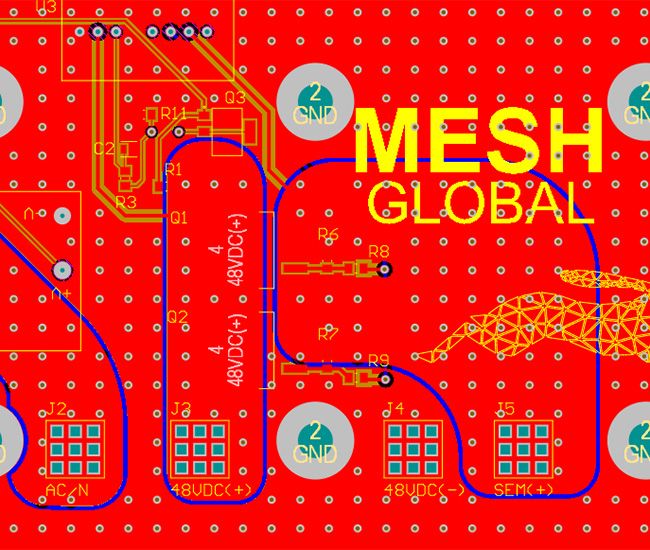
Mesh Global
Ignitec®’s End-to-End Subsea Hardware Solution: A Case Study with Mesh Global
CASE STUDY | SUBSEA
Find Out How We Can Help – Contact Us for Expert Guidance on Your Next Project
Years established
Projects delivered
Clients served
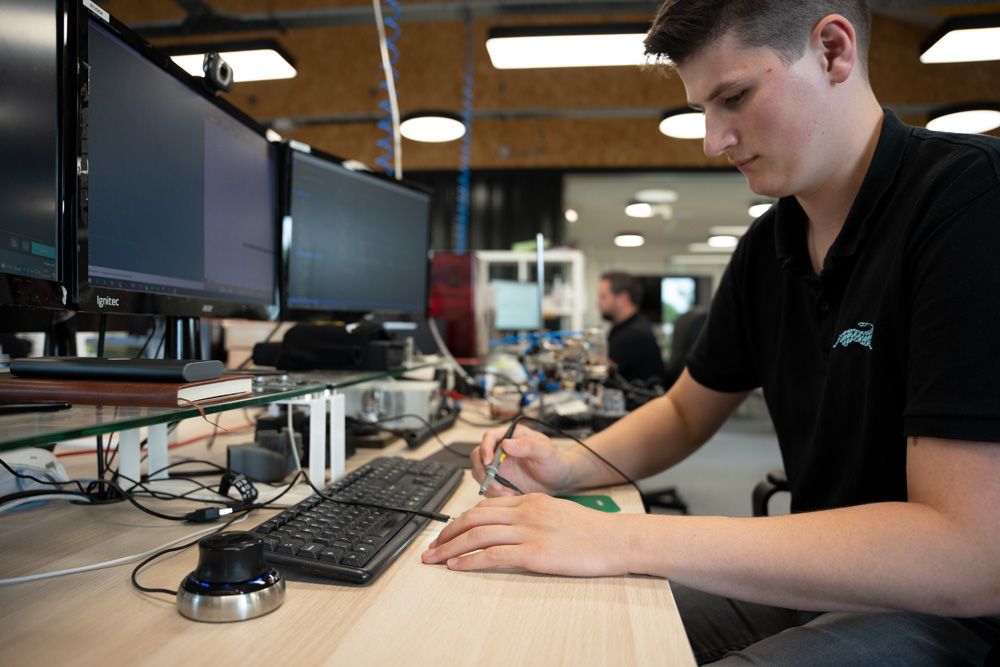
Get started
Our expert team is here to help with all of your electronic design, software and mechanical design challenges. Get in touch with us now for more information and a free review of your requirements.

